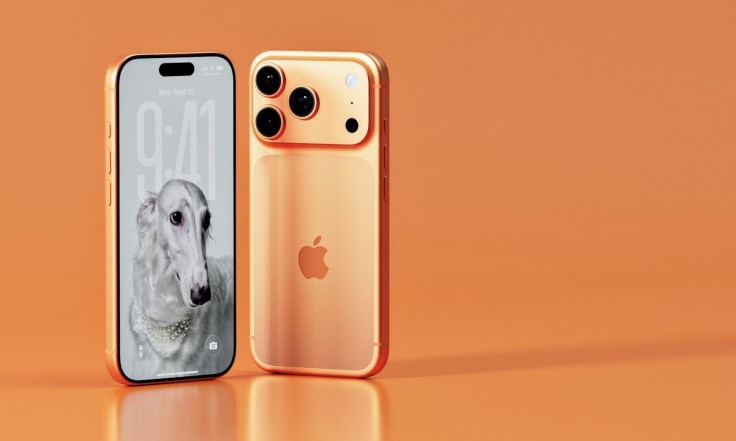Is iPhone 18 Pro Really Getting SpaceX 5G? Apple's 'Secret' Partnership Could Change Global Connectivity Forever
Apple's iPhone 18 Pro may use SpaceX's Starlink 5G.

In what might be the biggest leap in mobile connectivity ever, the next-generation iPhone is rumoured to go from terrestrial networks into orbit.
A Radical Upgrade for iPhone Connectivity
According to recent reports, the forthcoming iPhone 18 Pro could 'add support ... for '5G networks that aren't tethered to Earth's surface, which includes satellites,' which would give the phone 'full internet access over satellite.'
In simpler terms: no mobile network or Wi-Fi required. Your phone could still be online anywhere you are, whether on a mountaintop, in the desert, or on a ship at sea.
The Apple - SpaceX Whisper
The source of this shake-up? A potential deal between Apple Inc. and SpaceX (via its Starlink satellite network). Apple reportedly wants more than just the current emergency-satellite features and is said to be negotiating a partnership with SpaceX, which has started using the same radio spectrum Apple already employs for its emergency services.
As TechRadar put it: 'The iPhone 18 Pro could come with a 5G satellite upgrade ... a partnership with Starlink might be in the offing.'
Why This Matters for Users
For users, this could mean that no-signal zones (rural countryside, highlands, and remote coastlines) might no longer leave your iPhone stranded. While most developed countries' mobile networks are among the best, there are always dead spots. A satellite internet feature embedded into the iPhone could virtually eliminate that gap.
Also, from a global perspective, there is a major shift: smartphones are connecting to satellites the way they currently connect to towers. It redefines the meaning of 'mobile connectivity.'
The Technical and Commercial Hurdles
Even if Apple and SpaceX strike a deal, challenges remain. Integrating full satellite internet into a smartphone is far more complex than providing emergency SOS.
It would require additional antennae, improved power management, and new spectrum licensing to operate legally across various countries.
There are also economic concerns. Satellite data is costly, raising questions about pricing for users. Would this feature be included in standard data plans or sold as a premium subscription?
Coverage and performance could also vary depending on satellite density, latency, and regulatory approval, especially within Europe's strict telecommunications framework.
Another point of speculation is accessibility. Reports suggest that only the iPhone 18 Pro and Pro Max will receive this feature initially, with the standard iPhone 18 following later.
What It Could Mean for the Future of Connectivity
If true, this partnership could fundamentally change global communications. This means that users are no longer tied to the nearest cell tower, and phones are connecting directly to satellites.
Rural and remote communities across the UK, Europe, Africa, and Asia could gain reliable access to the internet, bypassing traditional infrastructure.
Mobile operators may also need to rethink their business models, as satellite-based mobile connections could offer an alternative route for consumers.
This move would elevate the 'Pro' label further for Apple, offering features that rival devices cannot easily match, while locking users deeper into its ecosystem.
A Cautious Conclusion
So, is the iPhone 18 Pro really getting SpaceX 5G? The evidence is mounting, but nothing is official yet.
For most consumers, the idea is thrilling, unbroken connectivity built into the palm of their hand. Still, it may come with caveats: cost, rollout timelines, hardware limitations, and availability.
Keep an eye out: when Apple launches the iPhone 18 series, rumoured for release around 2026 or 2027, we'll see whether the 'secret partnership' becomes a headline product.
Until then, the buzz is deafening, and the possibilities are truly out of this world.
© Copyright IBTimes 2025. All rights reserved.




















